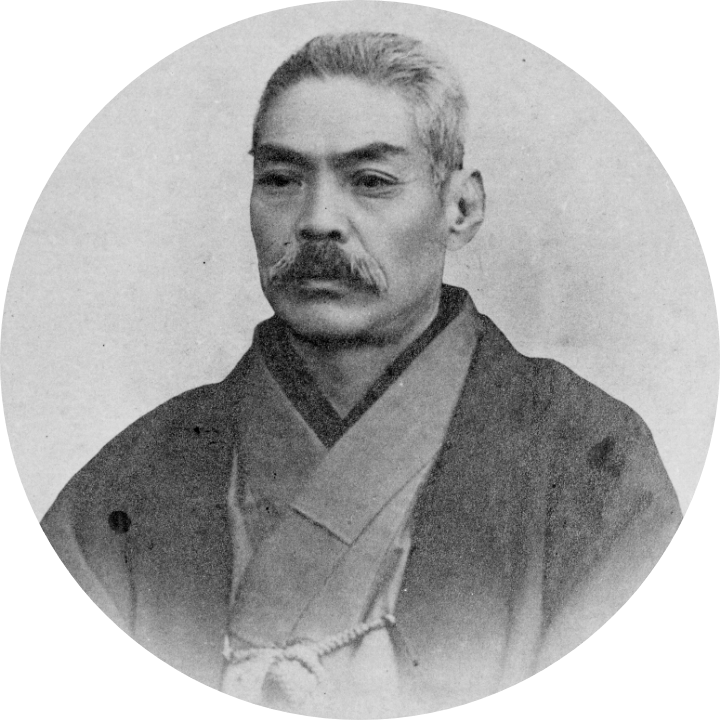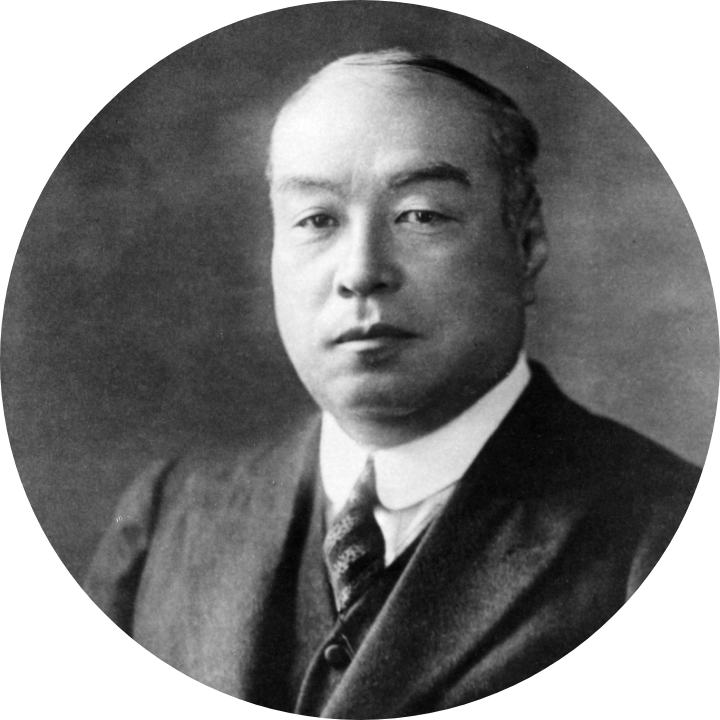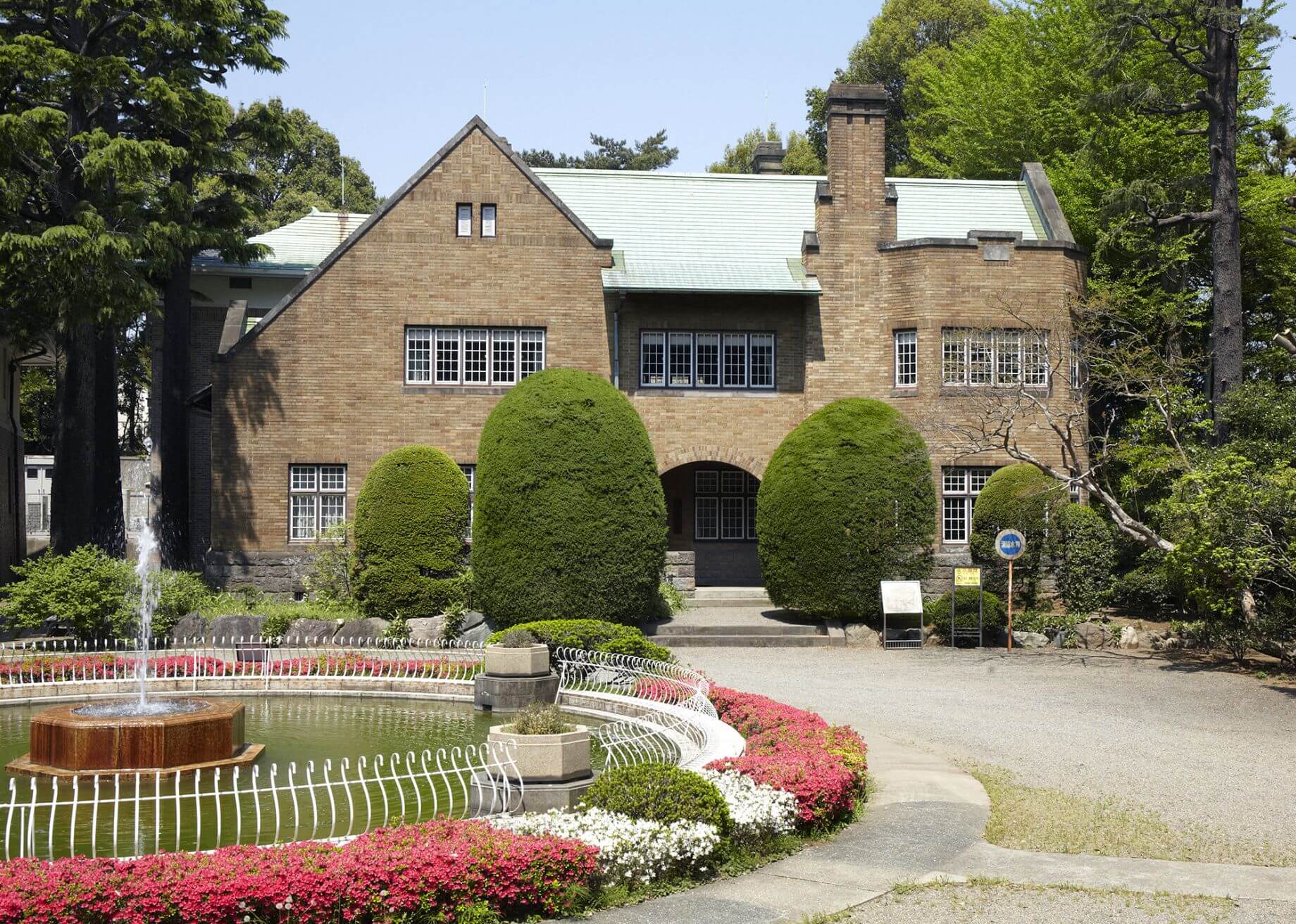About Us
About Us
He also established the Seikado Foundation in 1940 and endowed it with the entire collection of books, the library building, and the land, as well as funds for maintaining the collection and making it available to scholars and to the public.
Koyata also hoped to establish an art museum, but World War II intervened. At his death, in December, 1945, however, his wife, Takako bequeathed 171 works from his art collection to the Foundation.
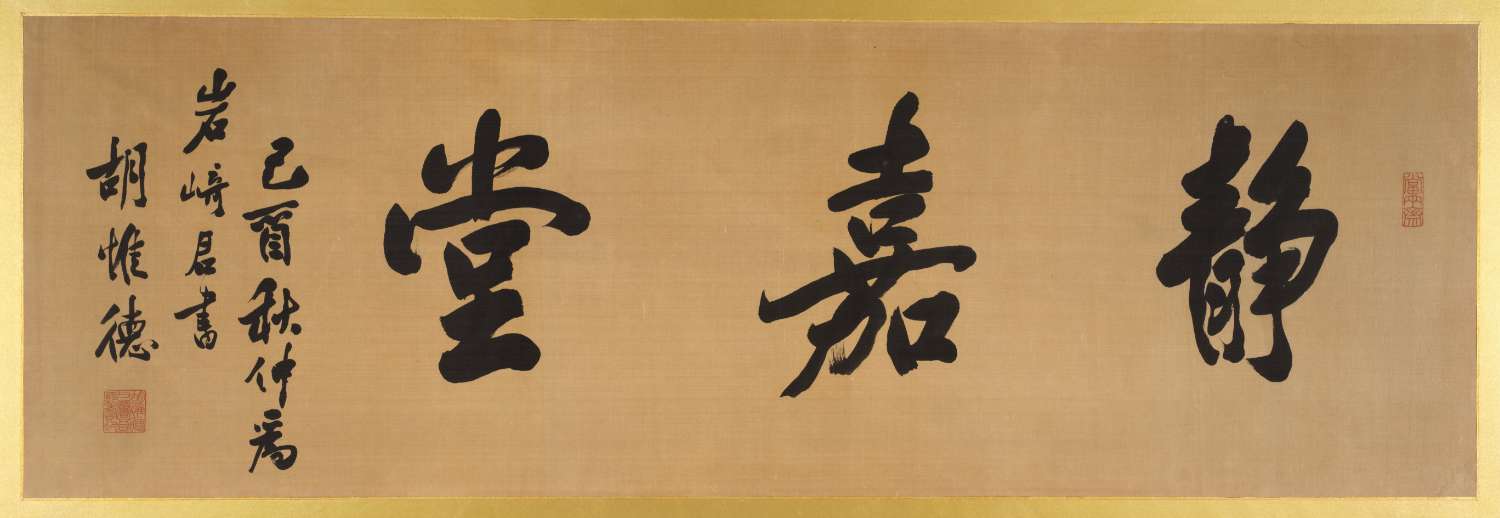
Koyata’s dream was realized in 1976 when his heir, Iwasaki Tadao, donated the remaining works of art from Koyata’s collection and the viewing room to the Foundation.
The Seikado collection now encompasses 200,000 books and documents including, for instance, a distinguished and large group of Song to Yuan dynasty printed books, while the 6,500 works of art include many pieces registered by the Japanese government as National Treasures, Important Cultural Properties, or Important Art Objects.
In 1992, in commemoration of the hundredth anniversary of the founding of the Seikado collection, a new art museum was opened and activities in this area greatly expanded.
“Seikado” was the studio-name used by Iwasaki Yanosuke.
It is derived from the phrase “hento seika” from the Chinese Classic Shi Jing (Book of Songs) and roughly means, “The vessels of ritual offerings were quiet and good, and the deity accepted the offerings with its blessings.”
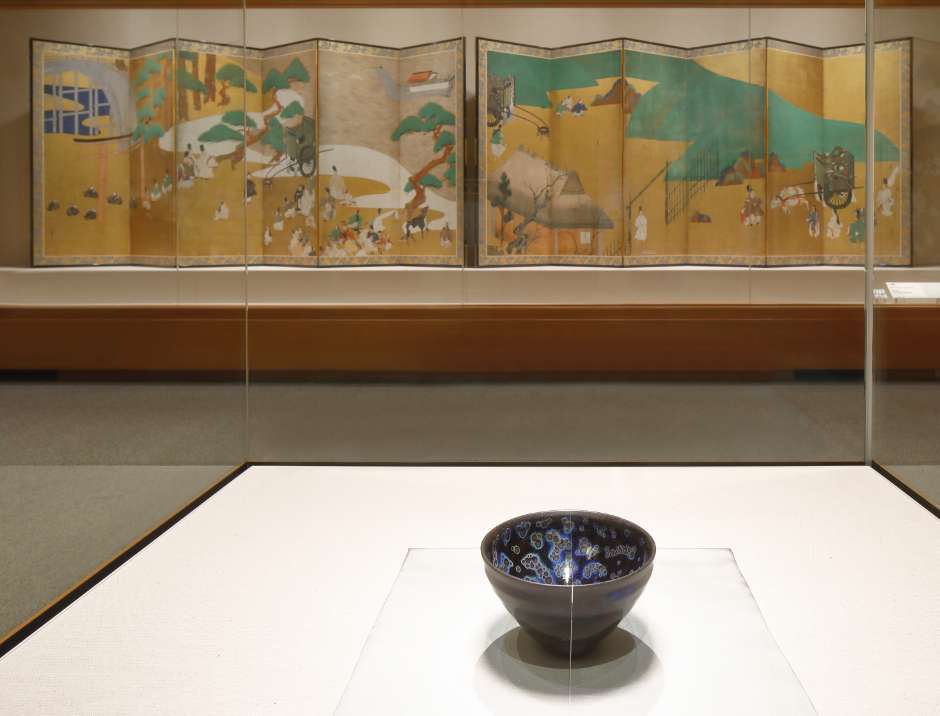
photo by Kioku Keizo
This collection spans a broad range of media and periods, from swords and tea ceremony utensils, to Japanese and Chinese painting, calligraphy, ceramics, lacquer, scholar’s equipment and wooden sculpture. Among National Treasures are, Yohen Tenmoku Tea Bowl, Tawaraya Sotatsu Scenes of Sekiya and Miotsukushi Chapters of “The Tale of Genji” Screens, Ota-gire Segments of “Wakan Roei Sho” Poetry Anthology and Tachi Sword by Tegai Kanenaga. The books in the library include world-renowned Chinese Song to Yuan dynasty published books and medieval times Japanese books.
Mausoleum of Iwasaki Family
(Designated as historic structure by the Tokyo Metropolitan Government)
The Mausoleum, designed by Josiah Conder (1852-1920), was built in 1910 by Iwasaki Koyata to commemorate the third death anniversary of his father, Iwasaki Yanosuke. The Mausoleum houses the remains of Yanosuke and his wife, and those of Koyata, his wife, and his descendants.
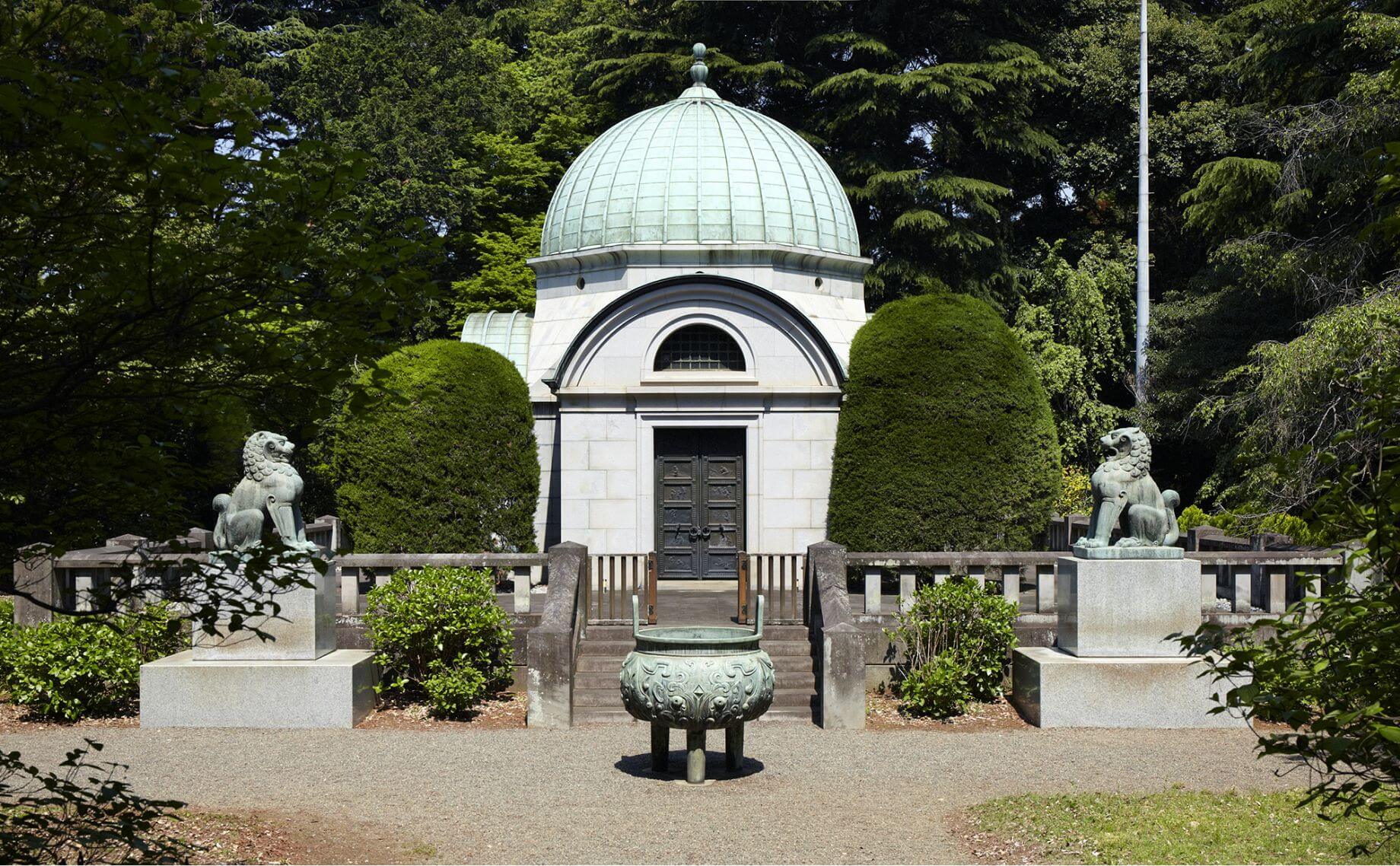
Seikado moved its museum galleries to Meiji Seimei Kan building in Marunouci, Tokyo, the place which is deeply related with Mitsubishi, in 2022. It is the start of a new mission as a public interest incorporated foundation to exhibit widely the cultural heritage Seikado has preserved for more than 100 years since the start of collection by Yanosuke. For wider recognition of the new museum we gave it a nickname “Seikado@Marunouchi”.
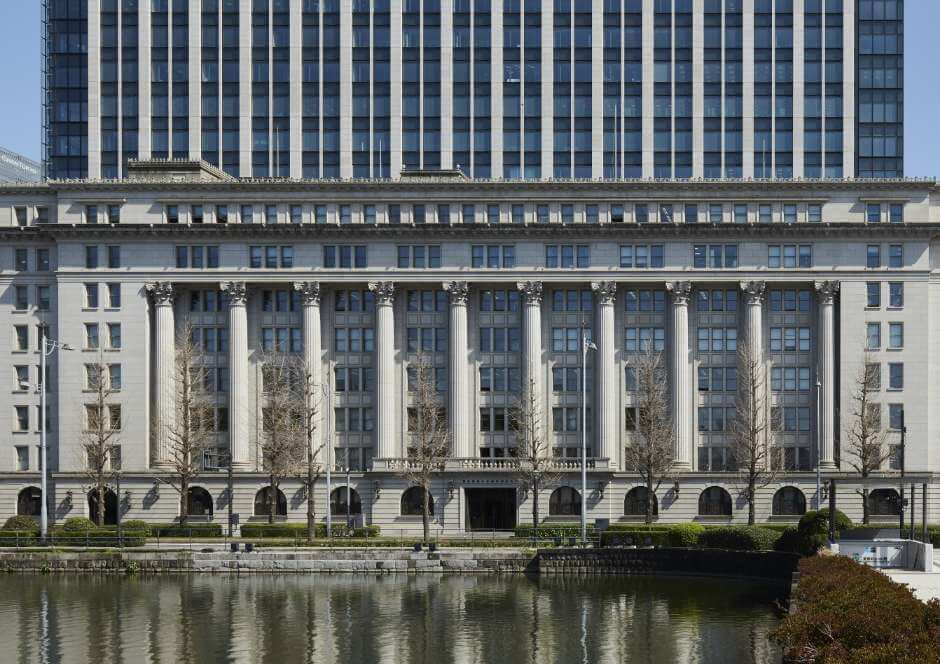
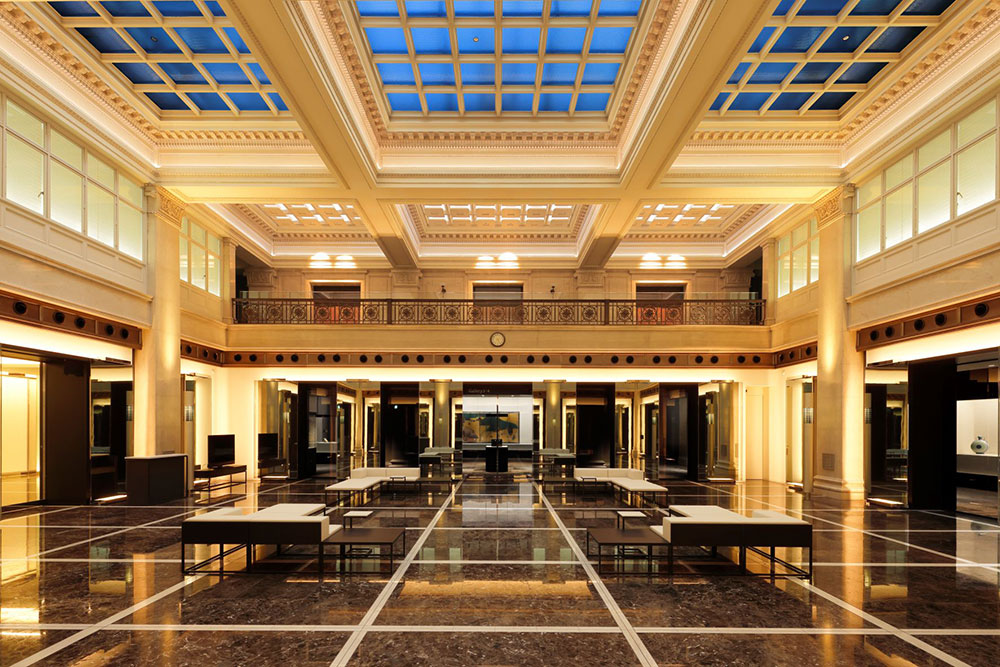
Photo by Kioku Keizo



